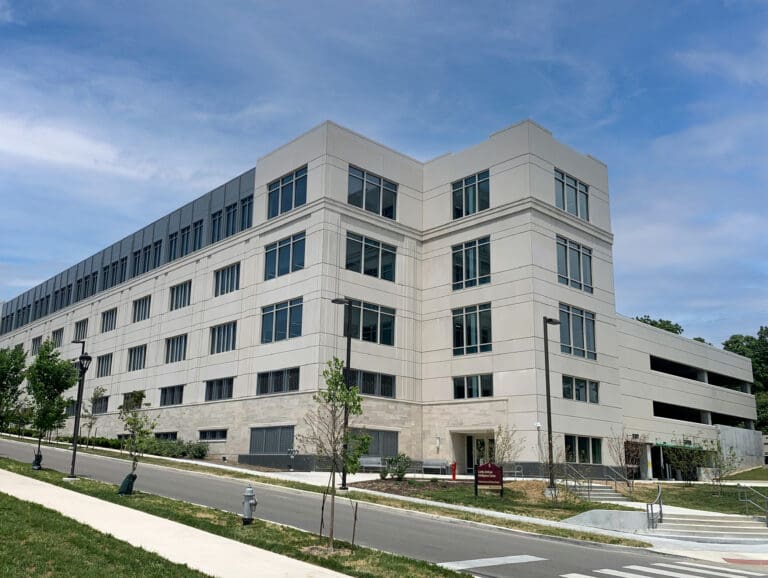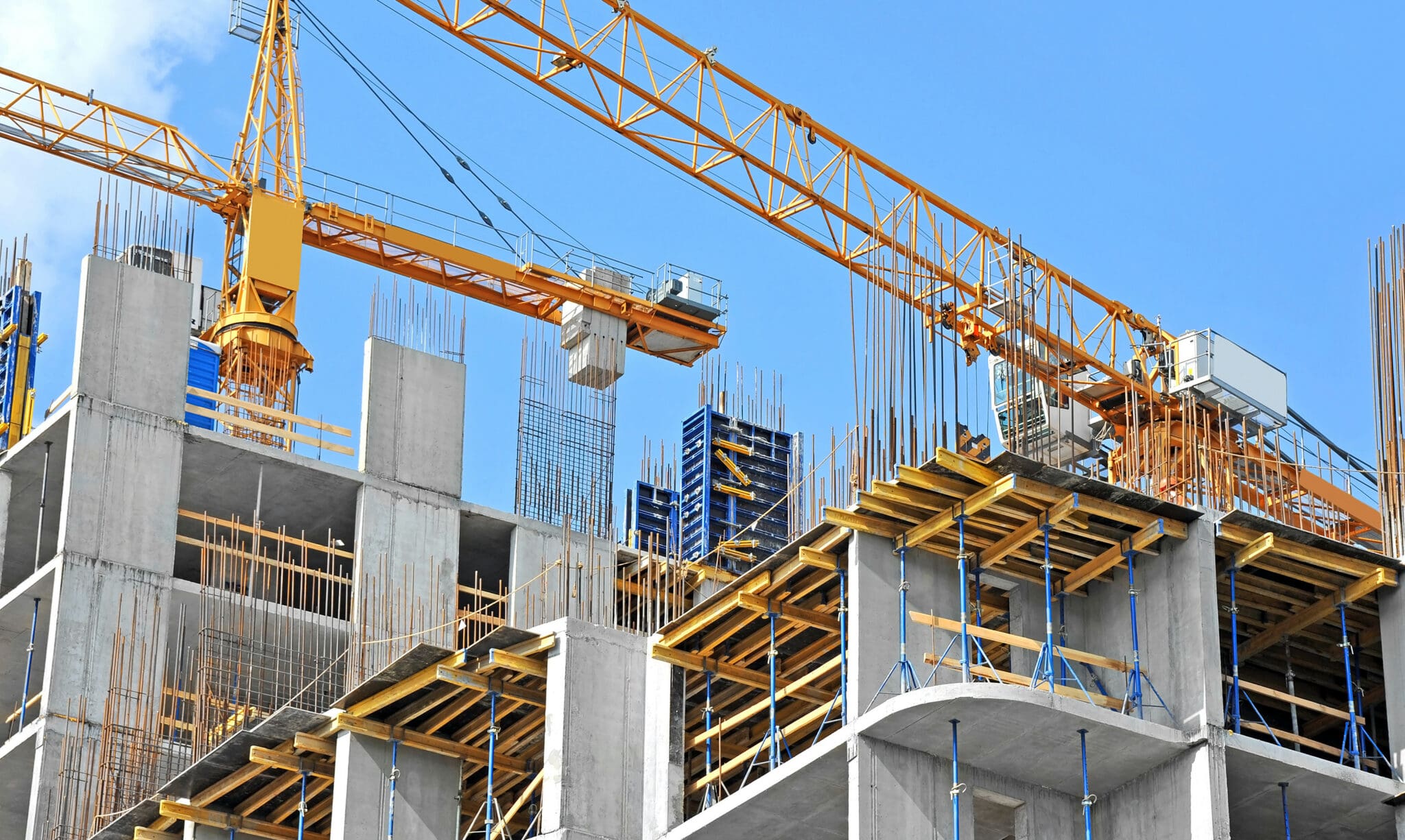Download this publication as a PDF
Backed by a groundbreaking $771 million appropriations package, Florida’s affordable multifamily housing market may see substantial growth. Senate Bill 102, the Live Local Act (LLA), was signed into law in March and took effect on July 1, 2023. The LLA, subject to meeting affordable-housing thresholds, allows multifamily construction in areas zoned for mixed-use, commercial, and industrial uses. In many cases, it substantially reduces agency reviews, approvals, and limitations on density and height. The result is a lot of real estate just became available for development of affordable housing units. However, the LLA’s effectiveness in meeting affordable housing’s growing need remains uncertain – market forces affect developers, and the cities and counties implementing the law. Putting residential complexes and mixed-use developments in the ground will face challenges, even as the LLA creates necessary options for the needed product. The LLA sunsets in 2033, with its decade-long window to address Florida’s daunting social and economic issues characterized by some as a potential “modern-day gold rush.”
Key Facts to the Live Local Act
- Municipalities must authorize Affordable Multifamily or mixed-used residential development as allowable in
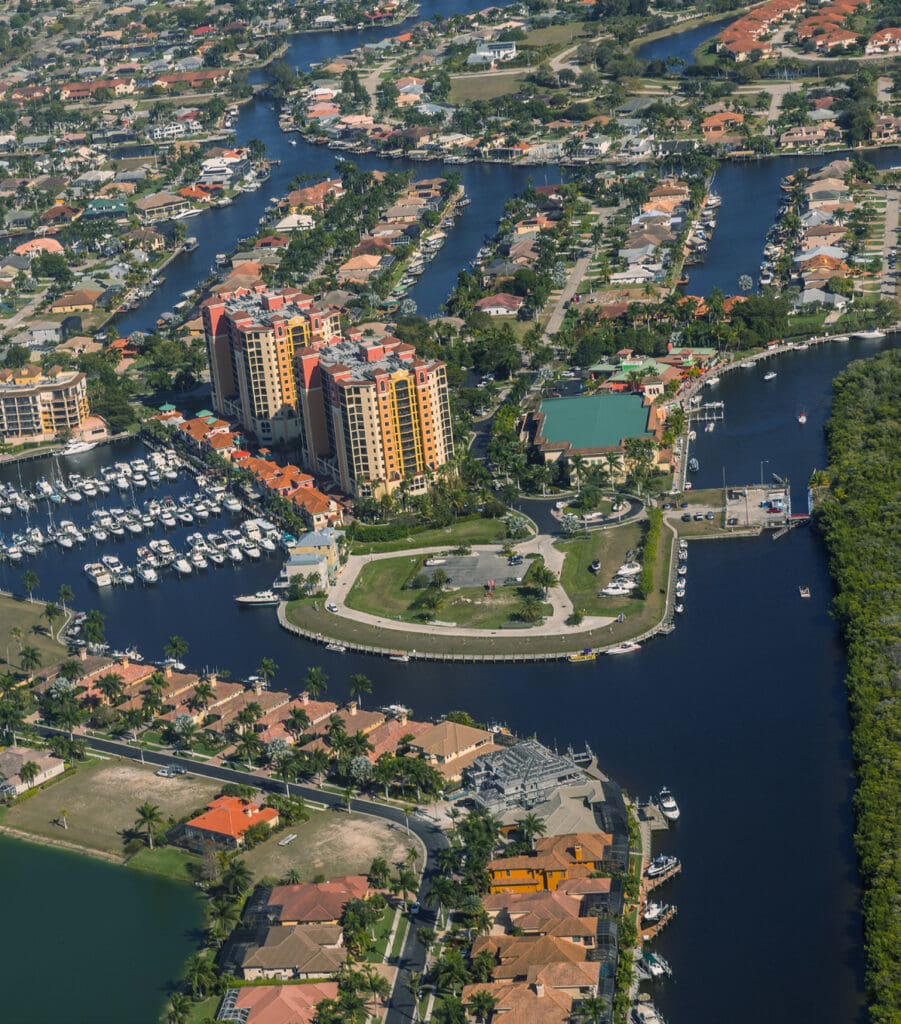 commercial, industrial, or mixed-use zoning districts.
commercial, industrial, or mixed-use zoning districts.
- Municipalities cannot require development to obtain a zoning, land use change, special exception, conditional use, or variance approval for building height, zoning, and densities as
allowed for in the Bill.
- The density of the proposed development can be the highest allowable density in the municipality.
- The height of the proposed development can be equal to the highest allowable height for commercial or residential development within one mile of the proposed development.
- If the proposed development is in a commercial, industrial, or mixed-use zone, the project must contain at least 40% residential units that must remain “affordable” for a period of 30 years. For mixed-use projects, the project must contain at least 65% residential.
- If the proposed development is within a ½ mile of an accessible major transit stop. The municipality must consider reduced parking requirements.
- Developers must adhere to all other land development regulations for multi-family developments, including but not limited to setbacks, open space, and parking. In no case shall a comp plan or zoning change be required.
- Municipalities are required by October 1, 2023, and every three years thereafter, to provide an inventory list of all real property within its boundaries that it holds fee simple title to which is appropriate for use as affordable housing and must review the list at a public hearing and make the inventory available on its website.
- Municipalities must develop a written policy outlining procedures for expediting permits and development orders for affordable housing projects and post it on their website.
- The bill removes all provisions that allow local governments to impose rent control. Rent Control is forbidden.
As Florida has grown, rents have skyrocketed, creating an affordability crisis for renters. According to the research group, Florida Property Management Services, the state’s average rent is $1,790, exceeding the national average of $1,468. Florida continues to grow year-over-year and is unable to keep up with the needed affordable unit inventory. Therefore, costs go up as supply shrinks. This crisis is acknowledged by the Florida Policy Institute, the University of Florida, Florida Atlantic University, and the Florida Housing Coalition, among many others. According to the April 2023 data published by the Waller, Weeks, and Johnson Rental Index — Cape Coral, Miami, North Port, Deltona, Tampa, and Orlando ranked in the Top 25 of the nation’s highest rental premiums, with Cape Coral and Miami coming in at No. 1 and No. 2, respectively. The expectation is that as soon as housing is built, it will be occupied, further magnifying the urgency of getting things right the first time around.
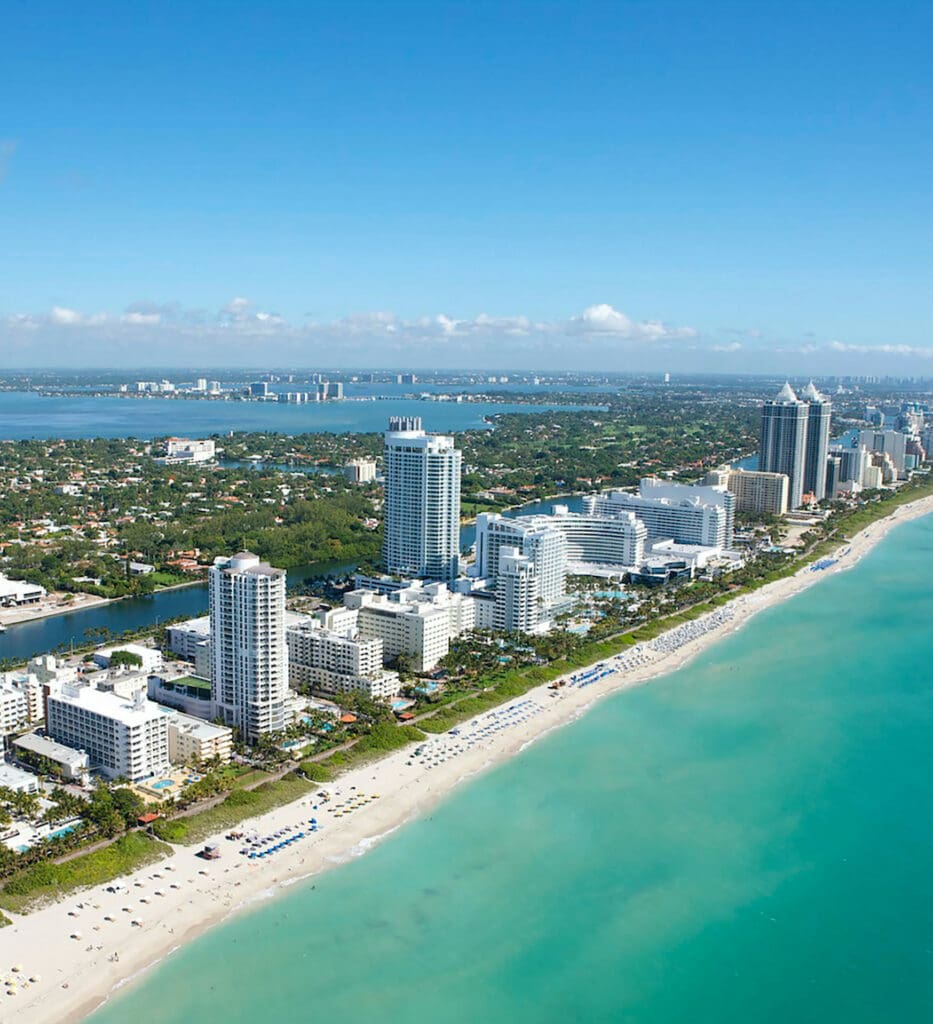 Approved by the legislature in response to the state’s crisis of affordable housing, the LLA is the follow-up to House Bill 1339, passed in 2020. With its funding for low-interest loans, public-private partnerships, down-payment assistance, and closing costs, the new law is critical for Florida – both a domestic and a global destination and, since 2020, a migration and relocation destination based on US Census data. This further continues to solidify Florida’s place as the third-largest state in the nation.
Approved by the legislature in response to the state’s crisis of affordable housing, the LLA is the follow-up to House Bill 1339, passed in 2020. With its funding for low-interest loans, public-private partnerships, down-payment assistance, and closing costs, the new law is critical for Florida – both a domestic and a global destination and, since 2020, a migration and relocation destination based on US Census data. This further continues to solidify Florida’s place as the third-largest state in the nation.
A few key aspects of the LLA: 1) you are entitled by right to the allowable height (with a minimum of three stories) in the jurisdiction within one mile of the proposed development. Traditionally, you create height and density in the downtown core and move out from there. With the LLA, that’s no longer necessarily the case, and the development is permitted and built to the maximum density allowed within the jurisdiction. Simply, this means that multifamily and mixed-use developments can be constructed in areas where once they were not allowed.
The LLA allows affordable housing development in any parcel Zoning district that allows commercial, industrial, or mixed uses. Affordable, in this case, is defined by FS 420.0004, which says, “Affordable” means that monthly rents or monthly mortgage payments, including taxes, insurance, and utilities, do not exceed 30% of that amount, representing the percentage of the median adjusted gross annual income for the households as indicated in subsection (9), (11), and (12). Essentially, 30%, 80%, and 120%, respectively, of Annual Median Income (AMI). This affordability must be a 30-year commitment by the developer. Envision the opportunity; a developer must reinvent the demise of brick-and-mortar retail — in the form of dark K-Marts and antiquated shopping malls — and turn it into vibrant walkable, and affordable residential communities. This is brilliant news for developers and jurisdictions, making available new land for housing and thus increasing tax bases across the region. What’s more, the review of the project is at the administrative level and not subject to a public hearing. A component of the LLA is that the jurisdiction cannot require a public hearing for a development order, Comprehensive Plan, or Zoning Map amendments, nor can the municipality create a process that results in a public hearing. It is important to note, however, that the jurisdiction will apply the land development regulations for the multifamily zoning district — creating a potential effort to stifle the policy intent of the LLA. This possible stifling would appear to be counter to the LLA initiative — and therefore, we are optimistic that jurisdictions will make an effort to ensure the Act is successful.
Some municipalities might be hesitant to cede their industrial land to residential use. It’s understandable; historically, industrial property was the catalyst for economic development. And in many ways, it still is — we still need distribution facilities for e-commerce giants like Amazon and Wayfair. Yet the 1960s- and 1970s-style heavy manufacturing will likely never return, making the redevelopment of industrial zones not only attractive but practical.
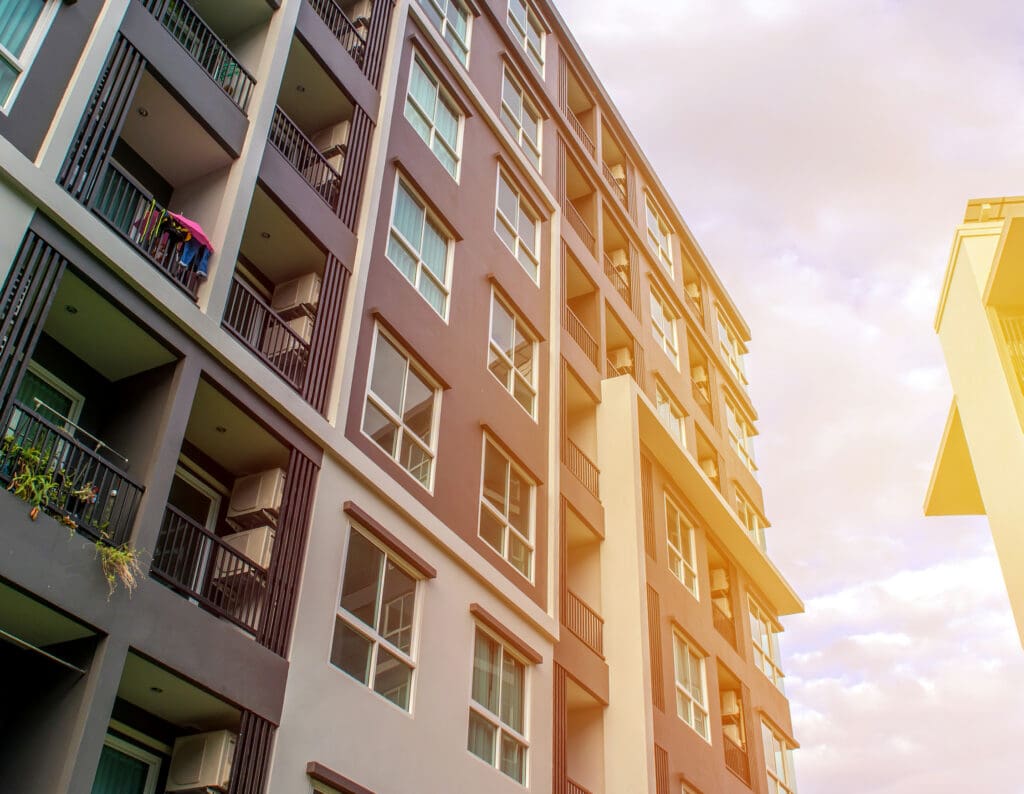
WGI can assist jurisdictions for developments coming in under the LLA by helping develop the required policy for procedures and expedited processing of building permits. WGI is well-versed in the data collection required to document publicly available lands for the developer and the jurisdiction. Moreover, WGI can assist developers in locating suitable land so they can fully capitalize on their investment. At the same time, we have decades of experience with large, transformative projects that demand coordination and collaboration across many disciplines. With compatibility as the guiding principle, we have the expertise needed to help jurisdictions and developers ensure quality affordable housing developments despite a property’s former use.
As the LLA is expected to create policy and legal questions, WGI is uniquely positioned to serve jurisdictions and developers. WGI possesses the talent and experience to create viable and sustainable communities that include the basics that all of us expect and deserve. Planning and designing safe, economically strong, resilient, adaptable, and mobility centric interconnected communities drives our team of planning professionals. WGI is equipped to assist our clients in applying the LLA, from application to approval. With deep ties in both the public and private sectors, our professionals are poised to solve problems with winning solutions.
Download this publication as a PDF





